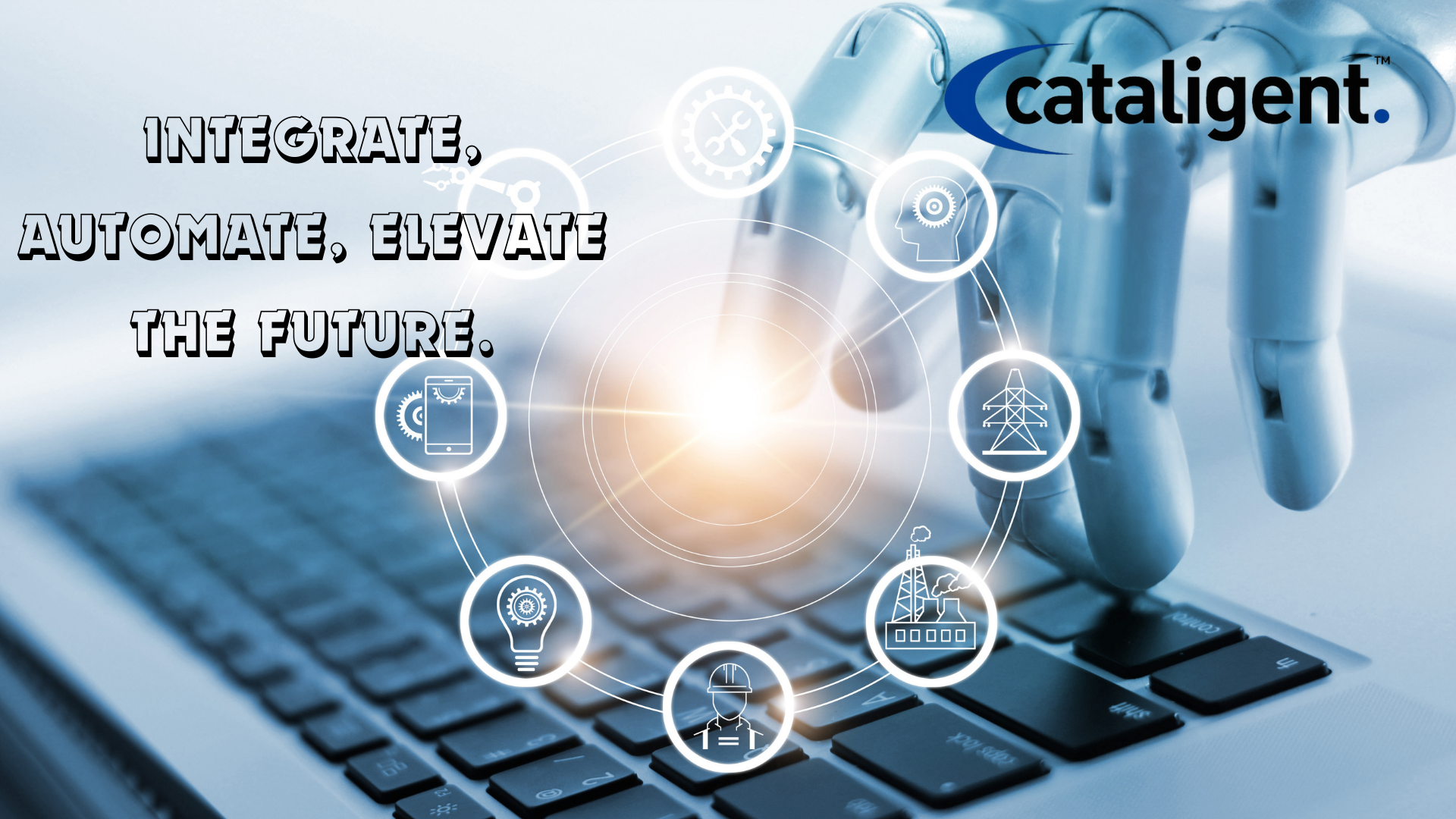Automation and technology integration are transforming business operations, enabling companies to improve efficiency, reduce labor costs, and streamline processes. By adopting tools like Robotic Process Automation (RPA), HR management software, and AI-based recruitment, businesses can automate routine tasks, enhance decision-making, and focus resources on higher-value activities.
What It Involves
Automation and technology integration refer to the use of advanced technologies to replace manual, repetitive tasks and enhance business operations. Key components include:
- Robotic Process Automation (RPA): Automating repetitive tasks like data entry or invoicing to reduce the need for manual labor.
- HR Management Software: Using digital tools for payroll, attendance tracking, scheduling, and other HR functions to streamline HR operations.
- AI-Based Recruitment: Leveraging AI tools to automate candidate screening, shortlisting, and hiring decisions.
These technologies help businesses reduce operational costs, improve accuracy, and free up human resources for more strategic tasks.
Cost-Saving Impact
By integrating automation and technology into business processes, companies can achieve significant cost savings:
- Reduces Labor Costs
- RPA: Automating repetitive tasks like data entry and reporting reduces the need for manual labor, leading to lower labor costs.
- Improves Operational Efficiency
- HR Management Software: Automating HR tasks like payroll and attendance tracking streamlines operations and reduces the time spent on administrative work.
- Enhances Recruitment Efficiency
- AI-Based Recruitment: Automating candidate screening and selection with AI reduces hiring costs and shortens recruitment timelines.
- Reduces Errors and Increases Accuracy
- Automation: Using RPA and AI tools reduces human errors, improving the accuracy of processes and decision-making.
Implementation Strategies
To implement automation and technology effectively, businesses should follow these strategies:
- Implement Robotic Process Automation (RPA)
- Identify Repetitive Tasks: Identify tasks that are manual, time-consuming, and rule-based, such as data entry, invoicing, or inventory management.
- Choose the Right RPA Tool: Select an RPA platform that integrates well with your existing systems and can handle the identified tasks.
- Train Employees: Provide training on how to manage and work alongside automation tools, ensuring smooth integration.
- Adopt HR Management Software
- Centralize HR Functions: Use HR software to centralize payroll, attendance tracking, employee records, and benefits management in one platform.
- Automate Time-Consuming Tasks: Automate scheduling, leave management, and payroll processing to reduce manual efforts and ensure accuracy.
- Ensure Data Security: Choose a secure HR software platform that protects employee data and complies with legal requirements.
- Leverage AI-Based Recruitment Tools
- Automate Candidate Screening: Use AI to scan resumes, rank candidates, and shortlist the best matches based on job descriptions and requirements.
- Streamline Interviews: Implement AI-driven tools for initial interview screening or chatbots to interact with candidates and answer their questions.
- Enhance Decision-Making: Use AI to analyze candidates’ qualifications, experience, and cultural fit, providing data-driven insights to improve hiring decisions.
Challenges and Solutions
While automation and technology integration can offer significant advantages, businesses may face challenges during implementation:
- Resistance to Change
- Challenge: Employees may resist adopting automation tools due to fear of job displacement or unfamiliarity with new technologies.
- Solution: Communicate the benefits of automation clearly, provide training, and emphasize that automation is intended to support employees in their roles, not replace them.
- Integration with Existing Systems
- Challenge: Integrating new technology with legacy systems can be complex and time-consuming.
- Solution: Choose automation and HR software that offers easy integration options and provide adequate time and resources for proper implementation.
- Data Privacy and Security Concerns
- Challenge: Storing sensitive employee or company data on automation platforms can raise concerns about data privacy and security.
- Solution: Choose secure platforms with strong encryption and compliance with data protection regulations, and ensure regular security audits are conducted.
- Initial Investment
- Challenge: The upfront cost of adopting automation tools or HR software may seem high.
- Solution: Calculate the long-term savings and efficiencies gained from automation, and consider cloud-based solutions with scalable pricing to reduce initial costs.
Conclusion
Automation and technology integration are powerful tools for improving business efficiency, reducing costs, and enhancing productivity. By implementing solutions like Robotic Process Automation, HR management software, and AI-based recruitment tools, businesses can automate repetitive tasks, streamline operations, and make more informed decisions.
While there may be challenges in adopting new technologies, the benefits—such as reduced labor costs, increased accuracy, and improved operational efficiency—make automation a valuable investment for businesses looking to stay competitive in today’s fast-paced market.

